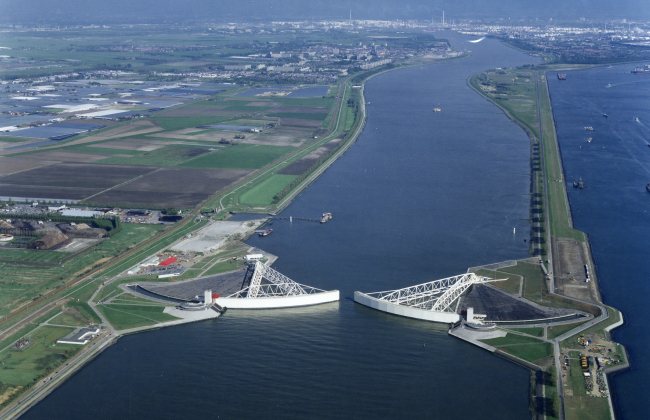Brattle Loop
Senior Member
- Joined
- Apr 28, 2020
- Messages
- 1,167
- Reaction score
- 2,084
The tunnel that leads to Tobin Bridge is already very close to North Station. Build a tunnel that takes a turn and go under the Charles, build a flying junction at GL North Station (which will hopefully be easier than otherwise would, given that the two GL tracks are on different levels there), and you're there. Northside Green Line has much more spare capacity than southside today (and remains so under most GL Reconfiguration proposals), so you can easily extend, say, the C trains to take on this branch to Chelsea.
I wonder how feasible that would be. The GL trackage is under the Garden/Hub on Causeway and I don't think there's a ton of room to the east before you hit the Orange Line. Might be possible, but you'd have to go awful deep under the Garden or blow its parking garage to smithereens to get the southbound leg of a flying junction on-alignment.
If the GL flyover at North Station is infeasible, another potential idea is to use the old center tracks at Haymarket (with a crossover north of the present-day station to get to the center tracks), though I'm not sure how much of those structures remain intact today. For a cheap build, you can either use the portal to get to street level, and follow the route of the 111 bus today. For a more expensive build, use the center tracks to separate from the main GL tracks, but stay underground with separate North Station platforms somewhere.
Old Haymarket is a mess. A good amount of the old station is still there, but they carved up the platforms pretty good when they relocated the Green Line incline out of the portal at some point in the 90s. The portal is completely gone, with One Canal built on top of the incline. The current westbound GL track is basically at the western edge of where the portal was, with the eastbound some distance apart. There's probably two-tracks-worth of space in the middle, but no way to get there except from below, and quite possibly not enough space for an incline because part of the center track space was taken up by the accesses to New Haymarket's GL platform.



